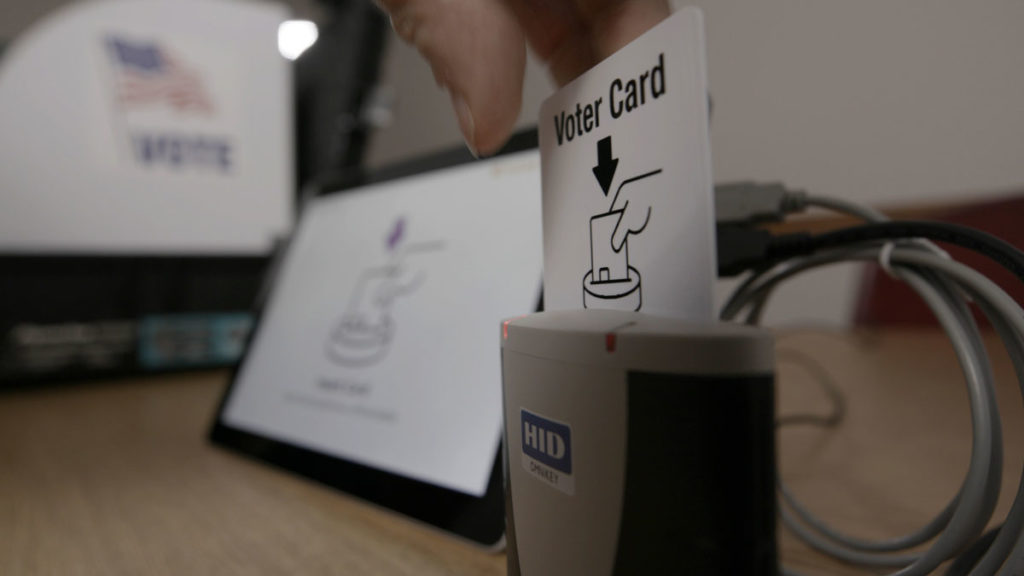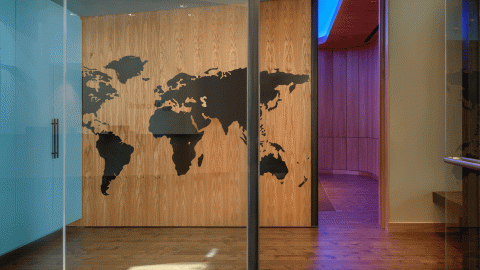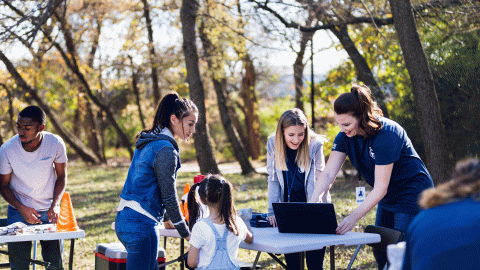The inside story of Microsoft’s ElectionGuard pilot in Wisconsin
More than half of American voters lack confidence in U.S. election security, according to an Economist/YouGov poll published last year.
But this could be set to change thanks to new technology that could soon be put into widespread use. One such tool, Microsoft’s ElectionGuard, allows people to verify that their vote has been correctly counted. It was put to the test in a pilot project in Fulton, Wisconsin, in February where elections were taking place for the local school board and the state’s Supreme Court.
We spoke to Ginny Badanes, Director of Strategic Projects for Microsoft’s Defending Democracy Program, to hear more about the pilot.
Why was Fulton selected and how difficult was it to set up the pilot?
Initially, we spoke to several secretaries of state and election directors in a variety of states to identify a logical place to do a pilot. Meagan Wolfe, the Elections Commission Administrator in Wisconsin, was very enthusiastic and open to trying something new and different. That was hugely important.
One of the things we wanted to make sure we could do was find a small enough election that we could guarantee that the results wouldn’t be in question if things went horribly wrong. That was part of our deal with Wisconsin – that we would make sure that the voters would never have to question that the results were accurate. There would be a hand-count of the paper ballots at the end of the day as the officially certified result.
The next step at that stage was finding a partner to supply the voting equipment and incorporate ElectionGuard into their system. That led to us working with VotingWorks, a nonprofit, open-source election equipment vendor.
[READ MORE: New cyberthreats require new ways to protect democracy]
Was any additional training required?
It was important to everyone involved that the system was well tested ahead of the pilot. To do that, we chose to first run a mock election, which was a great way of getting all the poll workers involved and trained in how things would work on the day, including making sure our processes and procedures were all in place. Following the mock election, we went through pilot certification testing with the state election division, and then conducted a public test of the system in Fulton two weeks before the pilot.
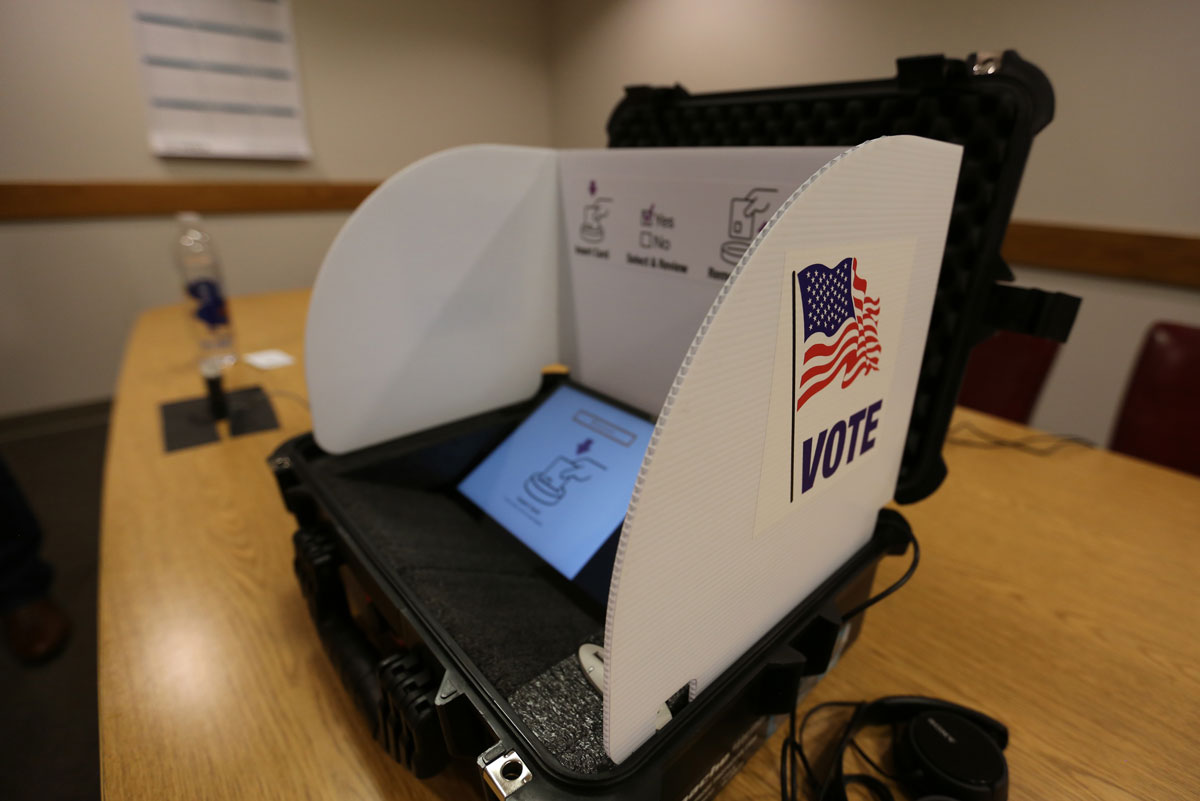
How did ElectionGuard work on the day?
Voters were greeted by a member of the team who told them, “Hey, something’s going to look different today.” We had a full demo of the system set up in a conference room and a video tutorial running just outside the polling center doors.
We set up two training sessions for the polling workers, lasting about two or three hours in total, to make sure they were clear on the process. That’s probably a little more than they would have spent if it were the equipment they would typically use.
After their ID was checked in the usual way, each voter was given a smart card programmed for the appropriate ballot – the state Supreme Court primary or the local school board election.
The next station in the center was the ballot-marking device, and this was the first time they got to interact with the voting system. Each voter plugged in their smart card and their ballot popped up on the screen. They indicated their preference, removed their smart card and moved on to the printing station.
Once they put their smart card in the printer station, they encountered ElectionGuard for the first time in the process. It interpreted their ballot and created a paper ballot for them where their choices had been encrypted using the ElectionGuard API. This also generated the tracking ID for the voter on a separate, differently colored piece of paper – white for the ballot, yellow for the ID.
Then the voter just cast their ballot into a physical ballot box, taking the yellow ID slip with them when they were finished.
[READ MORE: What is ElectionGuard?]
What did you learn from the trial?
I think one of the biggest learnings was that preparation really, really matters. As does training. It was important to us that the poll workers and the officials running the election were comfortable with and part of the process.
We didn’t go in there and tell them how things should work. We did it collectively. We did it together because they’re the experts, they know how their voters behave, they know what they’re comfortable with. And so having a collective approach with lots of stakeholders who are invested in a good outcome and putting in a lot of preparation really did yield a very positive result that almost looked easy.
[READ MORE: Elections under threat: securing democracy in cyberspace]
What difference did it make to voters?
It was important to everyone involved to get feedback from the election officials and from voters. How did they feel about the idea that they could check their vote at the end of the election? Did they care? What was their confidence level in the election?
The officials have invited us back to do it again sometime. So that was a positive sign. They seemed to really enjoy it – they thought that it was novel and interesting. As for the voters, the unique thing about the way this pilot was run is that they were interacting with new technology.
We would love to run a pilot in the future where ElectionGuard is the only thing that is new, so we can get a better sense of how voters feel just about that. I think the feedback is still being analyzed, but for the most part there were positive responses to both the new technology and the idea that votes could be verified.
Why was it significant to use paper ballots in addition to ElectionGuard?
We wanted to make sure the hand-counted ballots were the official tally. But first they were run through the VotingWorks tabulator and that produced a result. We also pulled the ElectionGuard tabulation off the printing system and that produced a set of results, too.
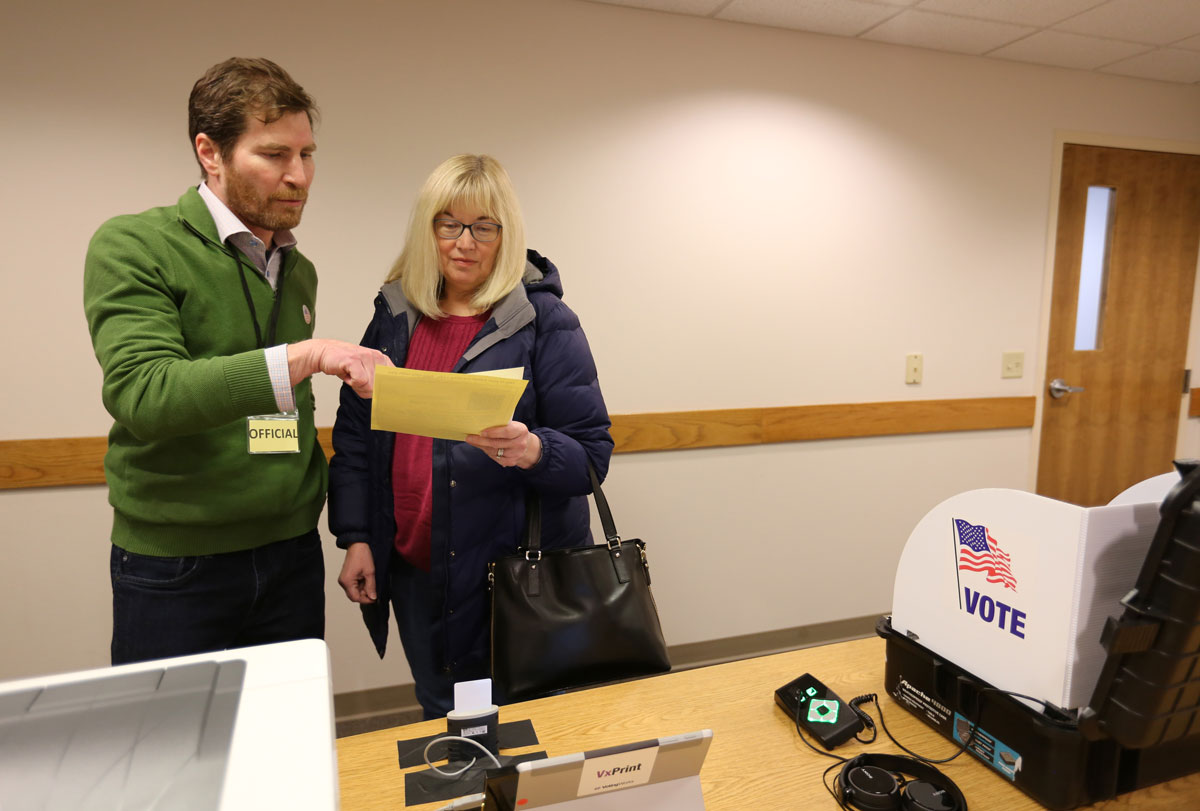
Which meant we actually had two sets of electronic results that we knew instantaneously matched because we could get those results so quickly. That was great.
I think it only took the poll workers maybe 15 minutes to actually count the ballots. We compared all three and all three matched, which was exactly what we were going for.
We had permission from the state and from the local election officials to put the ElectionGuard tally online.
One of the poll workers there was actually a voter as well, who had their tracking ID on them. So, once we’d published those results, he got out his smartphone, typed his tracking number into the website and saw the verification that his vote counted. That was the first time an actual voter had gone through the process and been able to check and verify their vote online.
The next morning we invited voters back for coffee and donuts – and to do their verification and ask us any questions. All of them were able to verify that their votes had been counted, and a lot of them were really excited by that.
For more on Microsoft’s Defending Democracy Program, visit On the Issues. And follow @MSFTIssues on Twitter.

